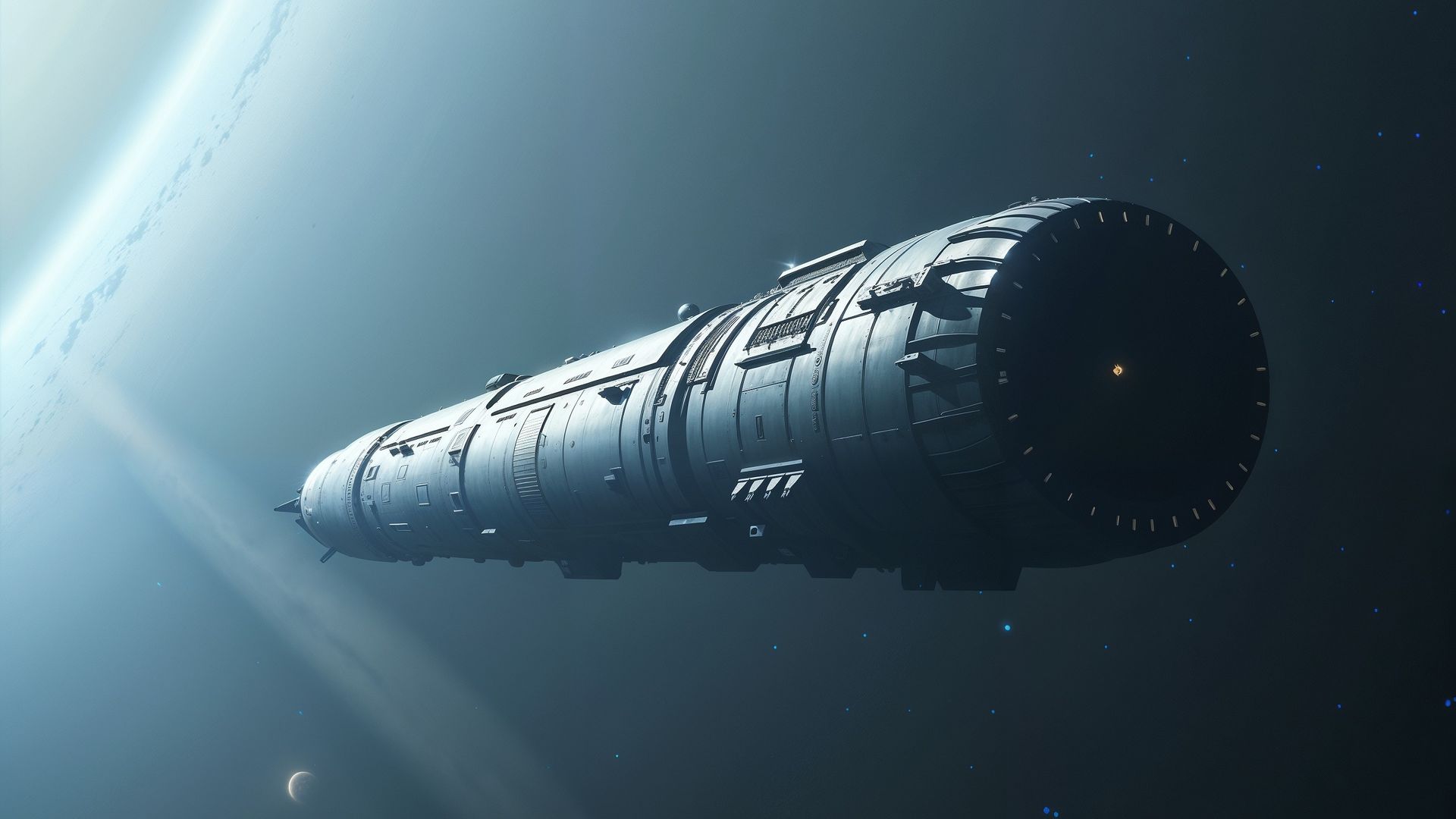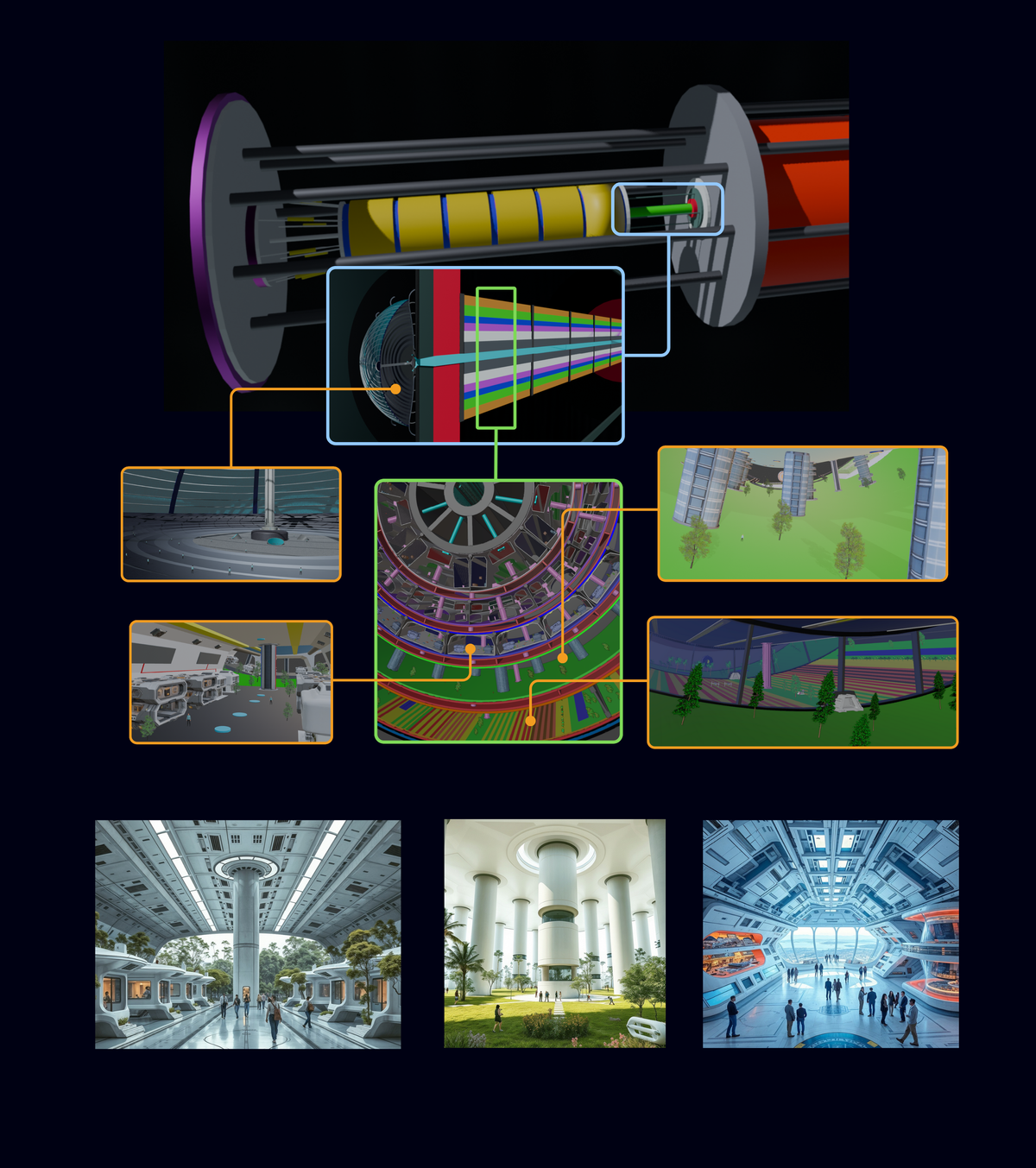🚀 A 400-year journey to Alpha Centauri: meet the generational starship Chrysalis
Follow us on Google News (click on ☆)
Chrysalis, designed to house multiple generations, is the brainchild of an engineering team that won an interstellar starship design competition. Its innovative architecture, inspired by Russian nesting dolls, incorporates living spaces, work areas, and food production facilities, all maintained by artificial gravity.

Chrysalis could house multiple generations until its arrival at Alpha Centauri, where it might transport people to the surface of the planet Proxima Centauri b.
Credit: Giacomo Infelise, Veronica Magli, Guido Sbrogio', Nevenka Martinello and Federica Chiara Serpe
The ship is designed to be self-sufficient, with farms, forests, and habitats replicating different Earth ecosystems. Resource and population management would be optimized by artificial intelligence, ensuring the mission's sustainability over several centuries.
Though hypothetical, Chrysalis offers insights into the technological and sociological challenges of interstellar travel. Required technologies like nuclear fusion reactors still need development, but the project stimulates imagination and research.
The project has been praised for its systemic coherence and innovative design, winning first prize in the Hyperion competition. This recognition highlights the importance of thinking today about solutions for tomorrow's space exploration.

Chrysalis would be built like a Russian nesting doll, with multiple layers of living space fitting around a central core.
Credit: Giacomo Infelise, Veronica Magli, Guido Sbrogio', Nevenka Martinello and Federica Chiara Serpe
How does artificial gravity work in a spacecraft?
Artificial gravity is created by centrifugal force resulting from the spacecraft's rotation. This rotation simulates gravity's effect on passengers, allowing them to live in conditions similar to Earth.
This technology is crucial for long-duration missions as it prevents the harmful effects of weightlessness on the human body, such as muscle and bone loss.
While the concept is well understood, large-scale implementation like in Chrysalis presents significant technical challenges, particularly regarding stability and energy consumption.
Why is Proxima Centauri b considered potentially habitable?
Proxima Centauri b is an exoplanet located in the habitable zone of its star, Proxima Centauri, where conditions might allow for liquid water on the surface.
Its proximity to Earth, at just 4.24 light-years away, makes it a prime target for space exploration. However, its habitability depends on many unknown factors, such as atmospheric composition.
Future research, particularly with more powerful telescopes than currently available, could teach us more about this planet and its potential to host life.